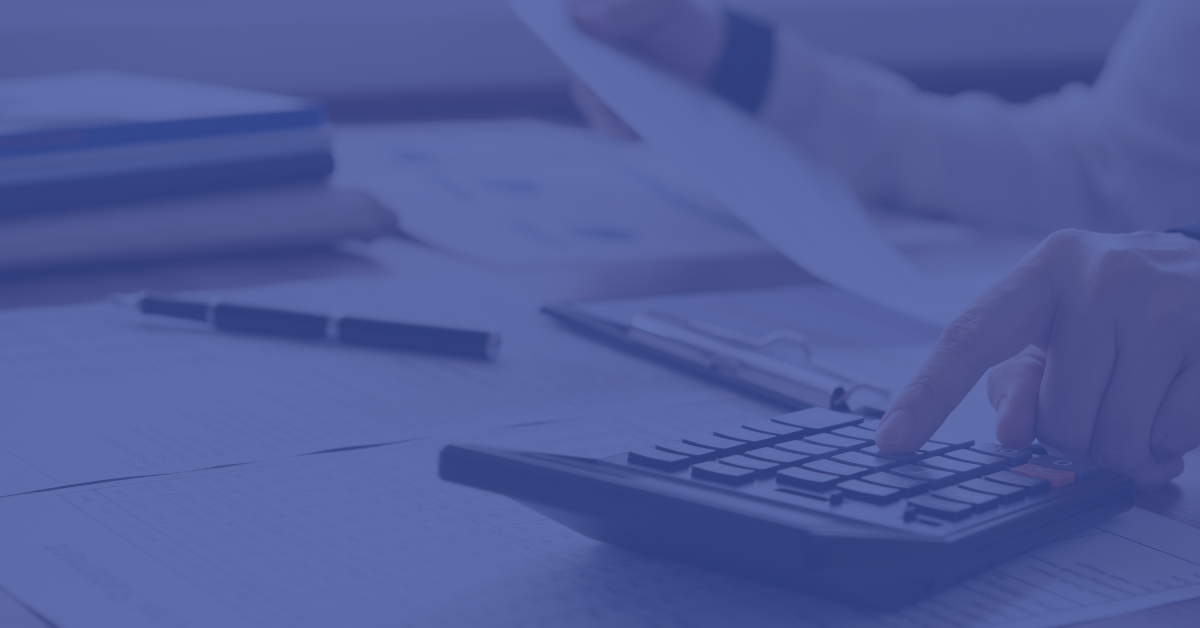U.S. businesses have been hit by the perfect storm. As the pandemic continues to disrupt supply chains and plague much of the global economy, the war in Europe further complicates the landscape, disrupting major supplies of energy and other commodities. In the U.S., price inflation has accelerated the Federal Reserve’s plans to raise interest rates and commence quantitative tightening, making debt more expensive. The stock market has declined sharply, and the prospect of a recession is on the rise. Further, U.S. consumer demand may be cooling despite a strong labor market and low unemployment. As a result of these and other pressures, many businesses are rethinking their supply chains and countries of operation as they also search for opportunities to free up or preserve cash in the face of uncertain headwinds.
Enter income tax accounting methods.
Adopting or changing income tax accounting methods can provide taxpayers opportunities for timing the recognition of items of taxable income and expense, which determines when cash is needed to pay tax liabilities.
In general, accounting methods either result in the acceleration or deferral of an item or items of taxable income or deductible expense, but they don’t alter the total amount of income or expense that is recognized during the lifetime of a business. As interest rates rise and debt becomes more expensive, many businesses want to preserve their cash, and one way to do this is to defer their tax liabilities through their choice of accounting methods.
Some of the more common accounting methods to consider center around the following:
- Advance payments. Taxpayers may be able to defer recognizing advance payments as taxable income for one year instead of paying the tax when the payments are received.
- Prepaid and accrued expenses. Some prepaid expenses can be deducted when paid instead of being capitalized. Some accrued expenses can be deducted in the year of accrual as long as they are paid within a certain period of time after year end.
- Costs incurred to acquire or build certain tangible property. Qualifying costs may be deducted in full in the current year instead of being capitalized and amortized over an extended period. Absent an extension, under current law, the 100% deduction is scheduled to decrease by 20% per year beginning in 2023.
- Inventory capitalization. Taxpayers can optimize uniform capitalization methods for direct and indirect costs of inventory, including using or changing to various simplified and non-simplified methods and making certain elections to reduce administrative burden.
- Inventory valuation. Taxpayers can optimize inventory valuation methods. For example, adopting to (or making changes within) the last-in, first-out (LIFO) method of valuing inventory generally will result in higher cost of goods sold deductions when costs are increasing.
- Structured lease arrangements. Options exist to maximize tax cash flow related to certain lease arrangements, for example, for taxpayers evaluating a sale vs. lease transaction or structuring a lease arrangement with deferred or advance rents.
Insights
While an individual accounting method may or may not materially impact the cash flow of a company, the impact can be magnified as more favorable accounting methods are adopted. Taxpayers should consider engaging in accounting methods planning as part of any acquisition due diligence as well as part of their regular cash flow planning activities.
Optimizing tax accounting methods can be a great option for businesses that need cash to make investments in property, people and technology as they address supply chain disruptions, tight labor markets and evolving business and consumer landscapes. Moreover, many of the investments that businesses make are ripe for accounting methods opportunities — such as full expensing of capital expenditures in new plant and property to reposition supply chains closer to operations or determining the treatment of investments in new technology enhancements. For prepared businesses looking to weather the storm, revisiting their tax accounting methods could free up cash for a period of years, which would be useful in the event of a recession that might diminish sales and squeeze profit margins before businesses are able to right-size costs.
Example
The estimated impact of an accounting method is typically measured by multiplying the deferred or accelerated amount of income or expense by the marginal tax rate of the business or its investors.
For example, assume a business is subject to a marginal tax rate of 30%, considering all of the jurisdictions in which it operates. If the business qualifies and elects to defer the recognition of $10 million of advance payments, this will result in the deferral of $3 million of tax. Although that $3 million may become payable in the following taxable year, if another $10 million of advance payments are received in the following year the business would again be able to defer $3 million of tax.
Continuing this pattern of deferral from one year to the next would not only preserve cash but, due to the time value of money, potentially generate savings in the form of forgone interest expense on debt that the business either didn’t need to borrow or was able to pay down with the freed-up cash. This opportunity becomes increasingly more valuable with rising interest rates, as the ability to pay significant portions of the eventual liability from the accumulation of forgone interest expense can materialize over a relatively short period of time, i.e., the time value of money increases as interest rates rise.
Accounting Method Changes
Generally, taxpayers wanting to change a tax accounting method must file a Form 3115 Application for Change in Accounting Method with the IRS under one of two procedures:
- The “automatic” change procedure, which requires the taxpayer to file the Form 3115 with the IRS as well as attach the form to the federal tax return for the year of change; or
- The “nonautomatic” change procedure, which requires advance IRS consent. The Form 3115 for nonautomatic changes must be filed during the year of change.
In addition, certain planning opportunities may be implemented without a Form 3115 by analyzing the underlying facts.
What Can Businesses Do Now?
Taxpayers should keep in mind that tax accounting method changes falling under the automatic change procedure can still be made for the 2021 tax year with the 2021 federal return and can be filed currently for the 2022 tax year.
Nonautomatic procedure change requests for the 2022 tax year are recommended to be filed with the IRS as early as possible before year end to give the IRS sufficient time to review and approve the request by the time the federal income tax return is to be filed.
Engaging in discussions now is the key to successful planning for the current taxable year and beyond. Whether a Form 3115 application is necessary or whether the underlying facts can be addressed to unlock the accounting methods opportunity, the options are best addressed in advance to ensure that a quality and holistic roadmap is designed. Analyzing the opportunity to deploy accounting methods for cash savings begins with a discussion and review of a business’s existing accounting methods.
Have questions? We are here to help. Contact us today!






